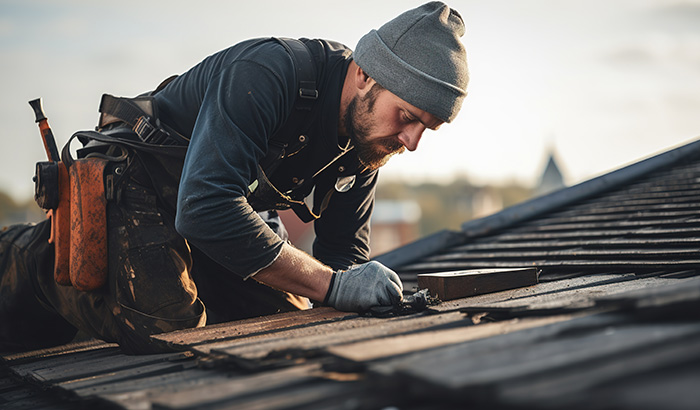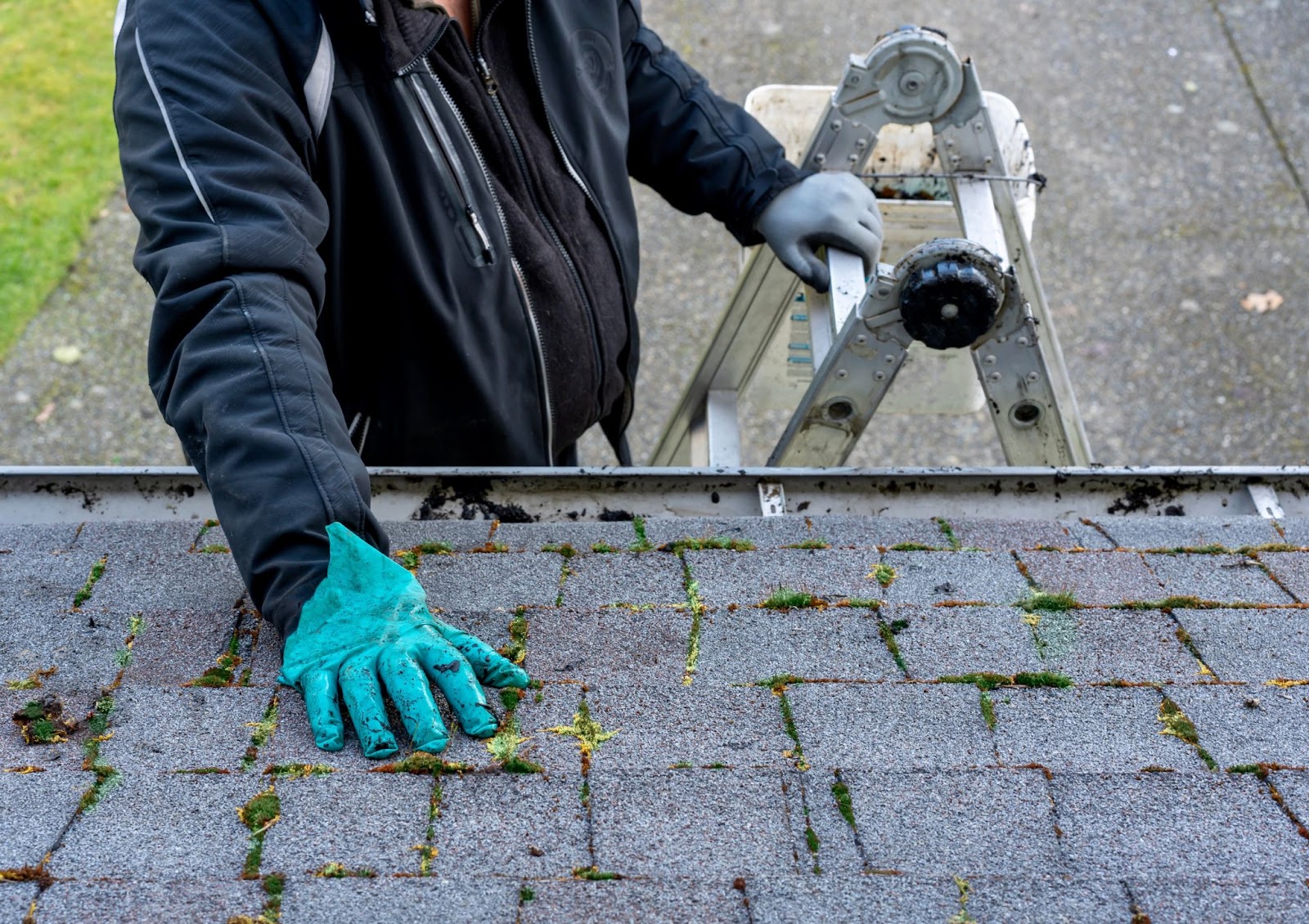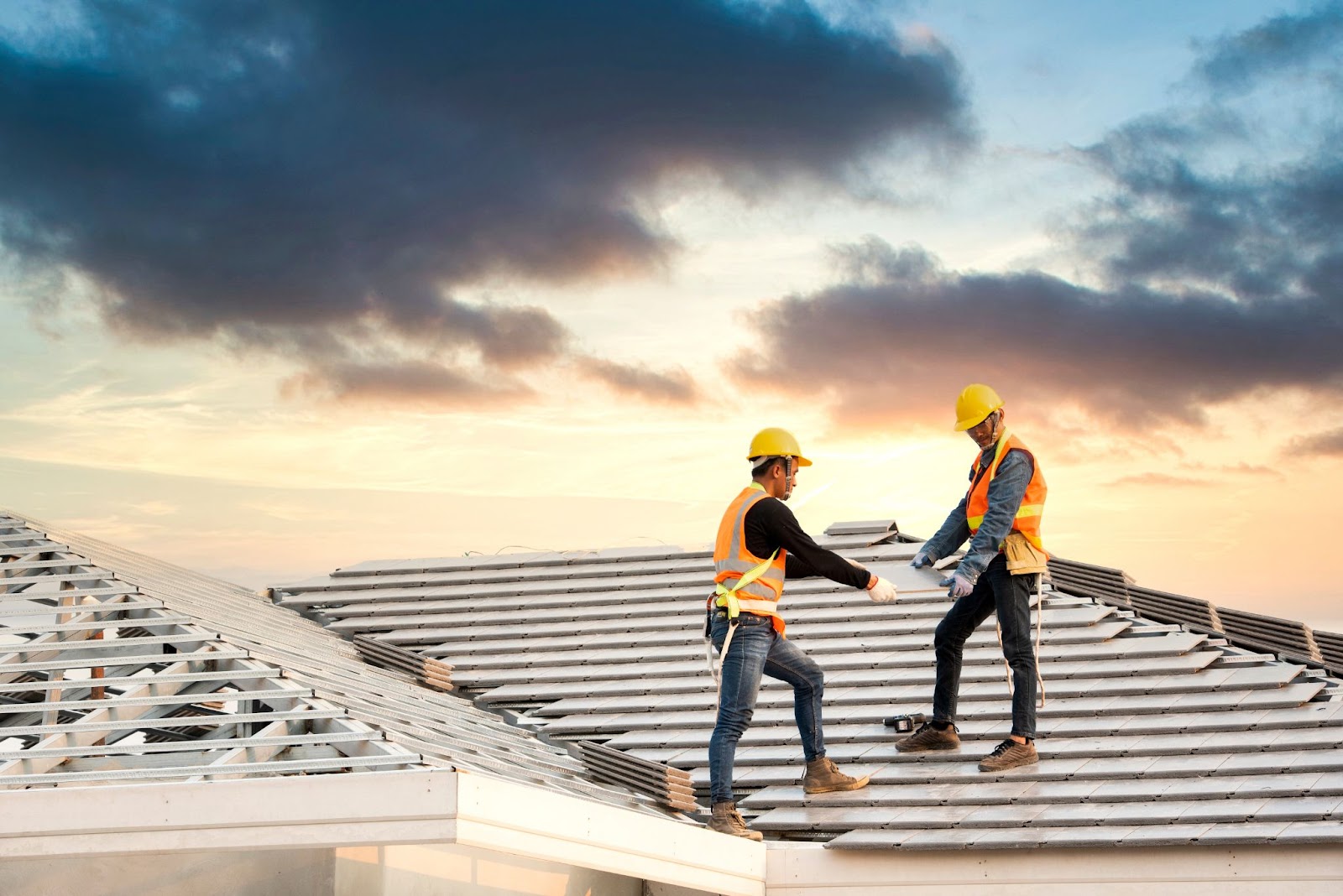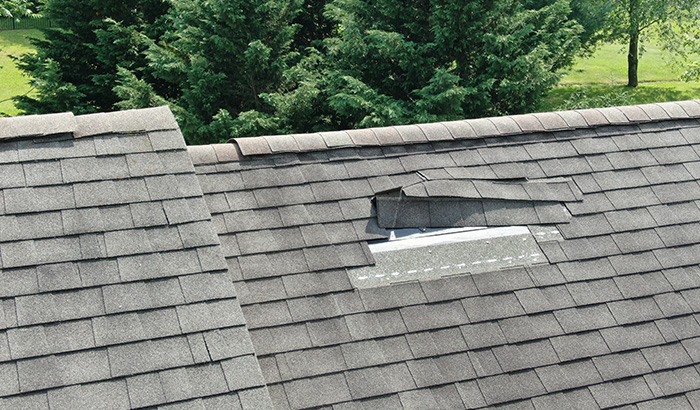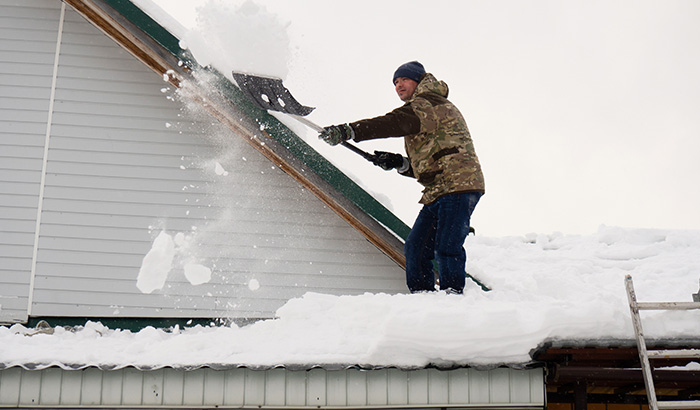A professional roof inspection is essential to the health and functionality of your home and is a necessary part of caring for your roof.
The roof is one of the most important components of your house. It is your home’s first defense against the elements and is what protects you and those living in it. Without a properly functioning roof, property owners can expect to experience a myriad of issues, such as electrical faults, water damage, mildew and mold growth, and many others.
Prioritizing and staying on top of the health of your roof is essential. This means staying on top of damage and addressing small repairs right away, which means hiring a trusted roof inspection company for an inspection before these problems have time to get out of hand.
But what does a roof inspection entail, and what can homeowners expect with roof inspection services? Today, we’re diving into all of this and more.
Continue reading to find out.
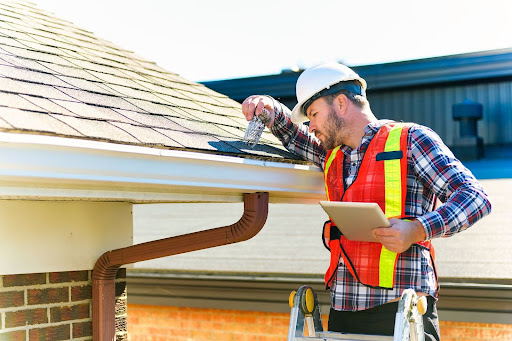
Why is a Roof Inspection Necessary?
A roof inspection helps determine the health, functionality, longevity, and integrity of your roof. They help homeowners understand when and where repairs are necessary and know when a total roof replacement is needed. Professional roof inspectors have special procedures, practices, and processes wherein they can decide the lifespan of a roof without needing to take it apart.
Roof inspections are an inevitable yet essential part of homeownership because they help prevent serious problems from occurring. When roof inspections are skipped, big problems can develop, leading to severe damage.
When Should I Get a Professional Roof Inspection?
Ideally, your roof would be professionally inspected twice every year. Once in the fall to ensure your roof is ready for the winter season and again in the spring to determine how well your roof fared over the last six months. Roof inspections should also occur after severe weather, such as a tornado, heavy snow or rainfall, hurricanes, and other types of intense storms.
A roof inspection can be done if you notice any changes to the appearance of your roof, such as sagging or another sign of damage. By prioritizing roof care and maintenance, homeowners can prevent major problems from developing and increase the lifespan of their roofs.
What Should I Expect During My Roof Inspection?
While routines and processes will vary from inspector to inspector, generally speaking, you expect a similar inspection. Your roof inspector will look at each component of your roof, including the stability of your roofing materials, the structural support systems, and any signs of wear and tear or damage overall.
Here’s what to expect:
1. Material Inspection
This portion focuses on looking at the roofing materials’ condition and their presence, like shingles. The inspector will look for any signs of damage, any missing parts, and more. This part of the inspection also includes looking at the flashing for signs of leaks, cracks, or pests.
2. Structural Inspection
The structural part of your inspection will look at how well your roof’s overall structural system is holding up. This section involves looking for issues that may lead to your roof sagging based on how it’s laid out. This part does not focus on looking for missing components or damaged parts of your roof. Instead, it examines the well-being and integrity of your roof.
Signs that your roof may be sagging include:
- Sagging ceilings inside the house
- Tilting or leaning interior and exterior walls
- Cracked, rotting, or splintered rafters and trusses
- Missing or damaged rafter and collar ties
- And more.
Your inspector will also look at the condition of other roof components, such as your soffit, fascia, and gutter system, while they’re up on the roof. If your roof has chimneys, vents, or skylights, they’ll inspect these and look at their overall condition.
3. Interior Inspection
This portion of your inspection addresses any signs of damage that cannot be seen from the outside. Your inspector will look at your attic and interior ceilings and walls throughout your home.
Signs of problems include:
- Water stains
- Bubbling paint
- Wood rot
- Mold
- Holes in walls or ceilings
- Pests in your attic
- And more.
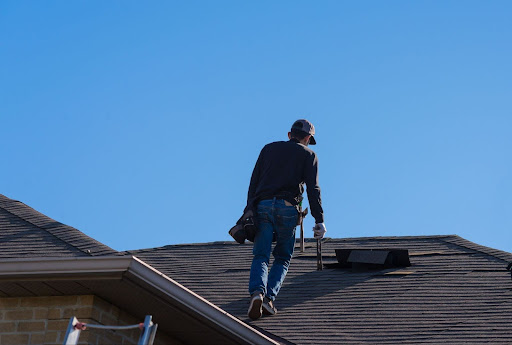
6 Ways to Prepare for a Roof Inspection
Taking time to get ready for your roof inspection could be the difference between a successful or failed inspection. Below, you’ll find six tips that could help ensure your roof inspection goes as smoothly as possible:
1. Remove Debris From Your Roof
Before your inspection, make sure you clear your roof from any dirt and debris. A clear workspace for your inspector ensures they can properly access and view your entire roof without issue. If there are any overhanging tree branches, you may want to trim them to avoid future issues from occurring. To be successful, your inspector must have easy access to skylights, vents, and all of the other components of your roof.
2. Check the Weather Forecast
Before you schedule your inspection, make sure you check your weather report. Because roofs are constantly exposed to weather, conditions must be decent for the inspection. If you live in an area that experiences severe winters, be sure to schedule your inspection before the seasons change. This ensures your professional inspector can access each part of your roof and that everything is properly inspected so damage can be identified quickly. Scheduling your roof inspection during good weather ensures leaks or moisture problems are spotted with ease.
3. Gather Documents and Information
While this information is not necessary for a successful roof inspection, having relevant information ready, such as past inspection reports, building plans, past and present pictures, and warranty documents, can save time, answer questions, and ensure all issues are addressed.
4. Review Past Inspection Reports and Documents
Since you already have your previous inspection documents and reports out, it’s a great time to refresh yourself on the matter. Doing so will give you a deeper understanding of the condition of your roof at the last inspection. You’ll also be able to remember what was teetering on the edge of required attention or repair and any areas the last inspector made note of.
5. Take Note of Known Issues
If you have noticed any issues with your roof, such as broken gutters or missing shingles, it is critical to point them out to your inspector. This helps the process along, and identifying and addressing problems can be addressed in a timely manner. Additionally, if you notice any problems, the damage may be worse than you may realize. A lot of roof damage goes unseen for a long time. It’s like an iceberg; what you see may look small, but the underlying issue is much bigger. Make sure to mention these areas to your inspector, even though they’ll likely spot them themselves.
6. Communicate Your Desired Outcome
Make sure to communicate with your roof inspector about your end goals and any concerns you might have before the inspection takes place. This ensures that you and your roofing professional are on the same page and understand what you want if they find any issues. Similarly, remember that they are the professional in the situation and have a keen eye. Because you have hired this trusted and qualified individual, allow them to do their job and trust that they know what they are doing.
Roof Inspections: Can You Do It Yourself?
Property owners can (and should) conduct regular roof inspections from the safety of the ground. While ground-level inspections won’t give you a complete idea of what’s going on with your roof, it does give you a decent look into the health status of your roof and necessary next steps.
As for proper DIY roof inspections? No. This is a hard “no.” Once the need for a ladder arises, we suggest homeowners contact a professional and reputable roof inspection company to handle the job. Not only do they have the necessary tools and an experienced eye, they also have the required skill set to complete the job safely and effectively.
When in doubt, always call a professional to handle all roof inspection services and repairs.
Looking For a Roof Inspection Professional? We Do Roofing Salt Lake City Can Help!
Whether you need a roof inspection, roof repairs, a total roof replacement, or something else, the professional team at We Do Roofing Salt Lake City is here to help!
The trusted roofing team at We Do Roofing SLC is Wasatch Front’s most reliable and reputable roof inspection company. With over two decades of experience, We Do Roofing provides expert roof inspection services, repairs, re-roofing, new construction roofs, and more for clients in Salt Lake County.
Our team is here to answer any of your roof inspection questions and fill you in on all you need to know regarding repair, replacements, and new construction options, and we want you to feel comfortable every step throughout the process.
The We Do Roofing team serves residential and commercial properties in Salt Lake City, West Valley City, Murray, West Jordan, and many other surrounding areas in Northern Utah.
Contact We Do Roofing SLC for your roof inspection quote today!

